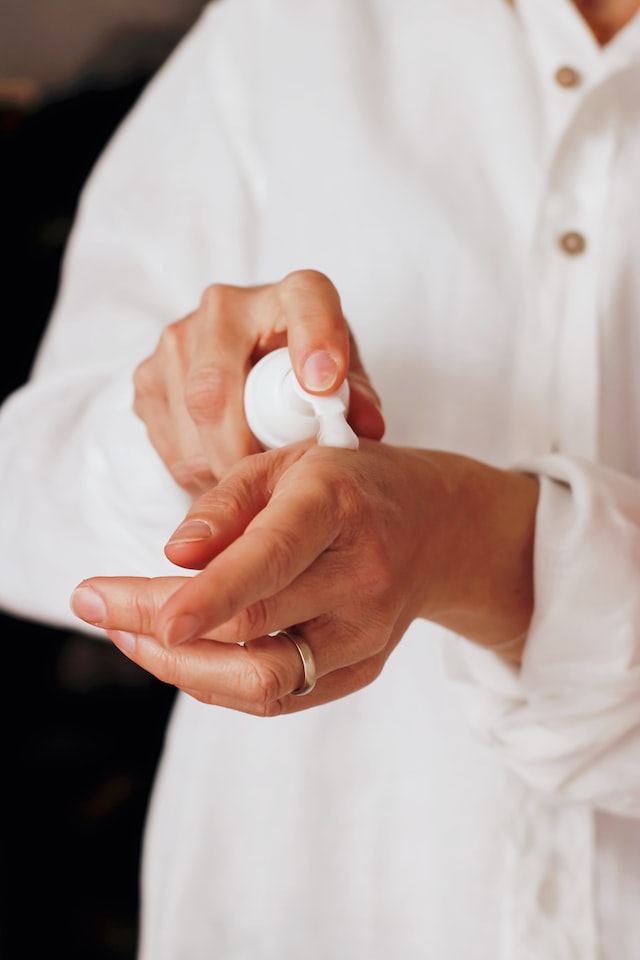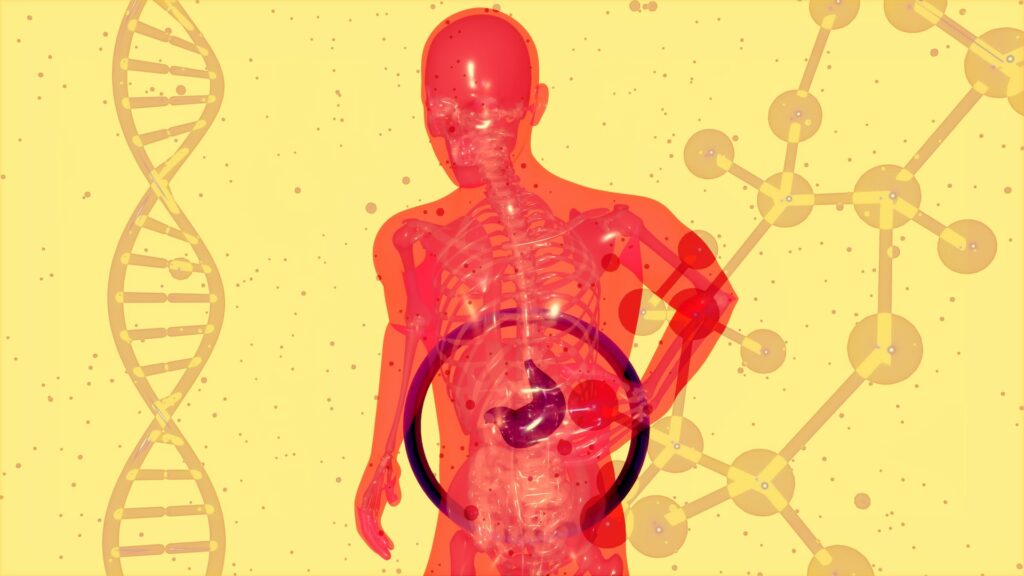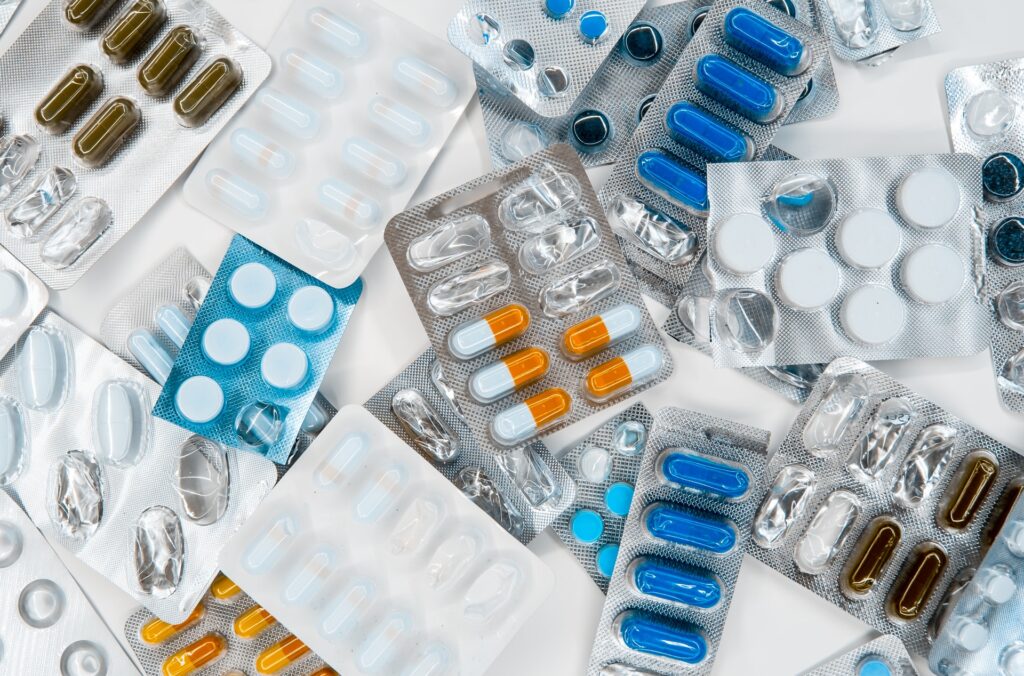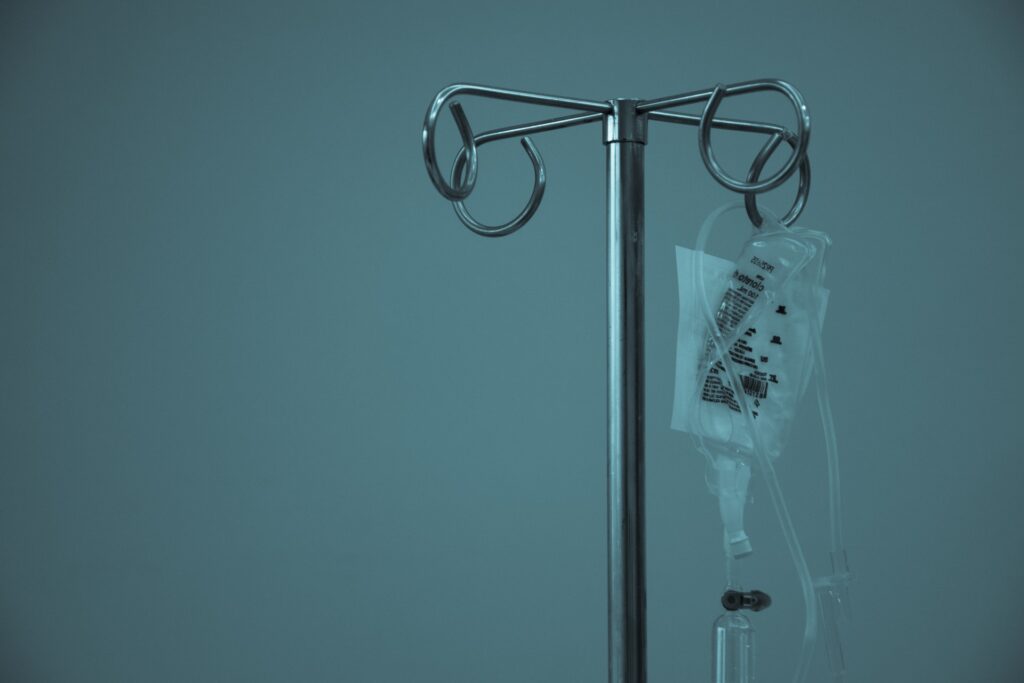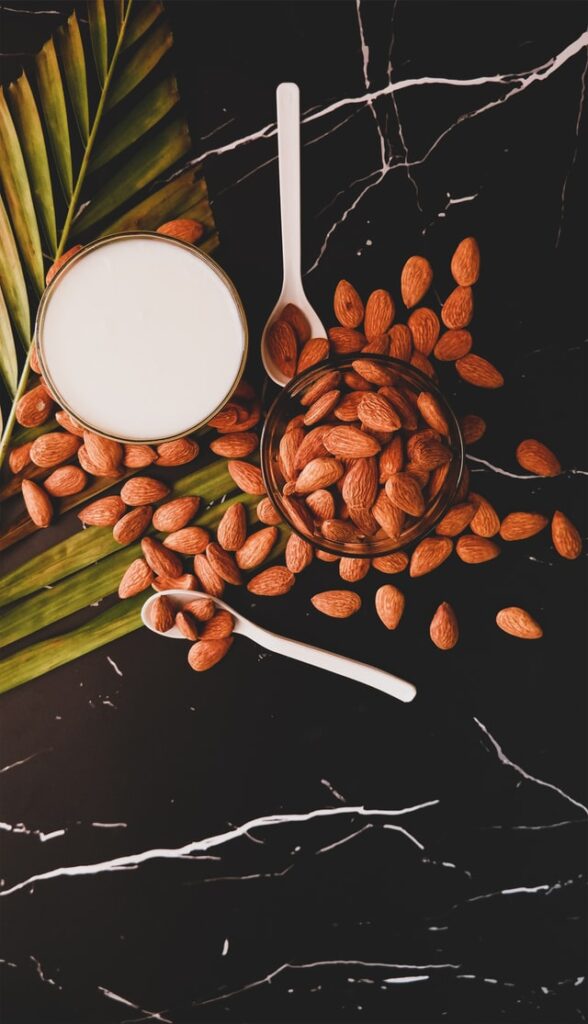Ampicillin: What You Need to Know
Ampicillin is a widely used antibiotic that belongs to the penicillin group of drugs. It is primarily used to treat bacterial infections and is effective against a broad range of bacteria. Understanding its mechanism of action, usage guidelines, and potential side effects is essential for patients and healthcare providers alike.
Understanding Ampicillin and Its Mechanism of Action
Ampicillin works by inhibiting the synthesis of bacterial cell walls, which is crucial for their growth and survival. By doing so, it effectively kills the bacteria and prevents the infection from spreading. This makes it highly effective against both Gram-positive and some Gram-negative bacteria.
Indications for Use
Ampicillin is prescribed for a variety of infections, including:
– Respiratory tract infections
– Urinary tract infections
– Gastrointestinal infections
– Meningitis
– Septicemia
It is important to note that Ampicillin is ineffective against viral infections like the common cold or flu.
Usage Guidelines and Dosage Recommendations
The dosage of Ampicillin can vary based on the type and severity of the infection, as well as patient-specific factors such as age and weight. Below are general guidelines:
– Adults and children over 20 kg: 250-500 mg every 6 hours
– Children under 20 kg: 25-50 mg/kg/day divided into multiple doses
Always follow your healthcare provider’s instructions and complete the full course of the antibiotic even if symptoms improve.
Administration Tips
– Take Ampicillin with a full glass of water.
– It can be taken with or without food, but taking it on an empty stomach may enhance absorption.
– Avoid skipping doses to prevent antibiotic resistance.
Potential Side Effects
Like all medications, Ampicillin may cause side effects. Commonly reported side effects include:
– Nausea
– Diarrhea
– Rash
If you experience severe symptoms such as difficulty breathing or swelling of the face and throat, seek medical attention immediately.
Allergic Reactions
Individuals allergic to penicillin should not take Ampicillin. Symptoms of an allergic reaction can include hives, itching, and respiratory distress.
Expert Opinions
Dr. Emily Carter, a board-certified pharmacist, notes, “Ampicillin has been a cornerstone in treating bacterial infections effectively. However, its use should be carefully monitored to avoid resistance and adverse effects. Patients should always consult their healthcare provider for personalized advice.”
Considerations in Special Populations
– Children: Dose adjustments are crucial. Ensure accurate weight-based dosing.
– Elderly: Monitor renal function as dosage adjustments may be necessary.
– Pregnant/Breastfeeding Women: Consult with a healthcare provider for risk assessment.
Sources of Reliable Information
For more detailed information on Ampicillin, consider visiting these reputable resources:
– [Centers for Disease Control and Prevention (CDC)](https://www.cdc.gov)
– [National Institutes of Health (NIH)](https://www.nih.gov)
– [U.S. Food and Drug Administration (FDA)](https://www.fda.gov)
Purchasing Ampicillin
For those looking to purchase Ampicillin, ensure you obtain it from a reputable pharmacy. You can find Ampicillin available for purchase on our website.
Healthy Living Considerations
While Ampicillin can treat infections effectively, maintaining a healthy lifestyle can prevent future illnesses. Adequate hydration and nutrition, as well as stress management, play a role in supporting your immune system.
– Hydration: Drink plenty of healthy water daily to support bodily functions.
– Nutrition: Incorporate a balanced diet rich in vitamins and minerals.
– Stress Management: Consider using essential oils or other relaxation techniques to manage stress.
Conclusion
Ampicillin remains a powerful tool in fighting bacterial infections. Understanding its use and potential effects can aid in its effective and safe application. Always rely on medical advice for any health-related decisions and consult healthcare professionals with any concerns regarding antibiotic treatments.





